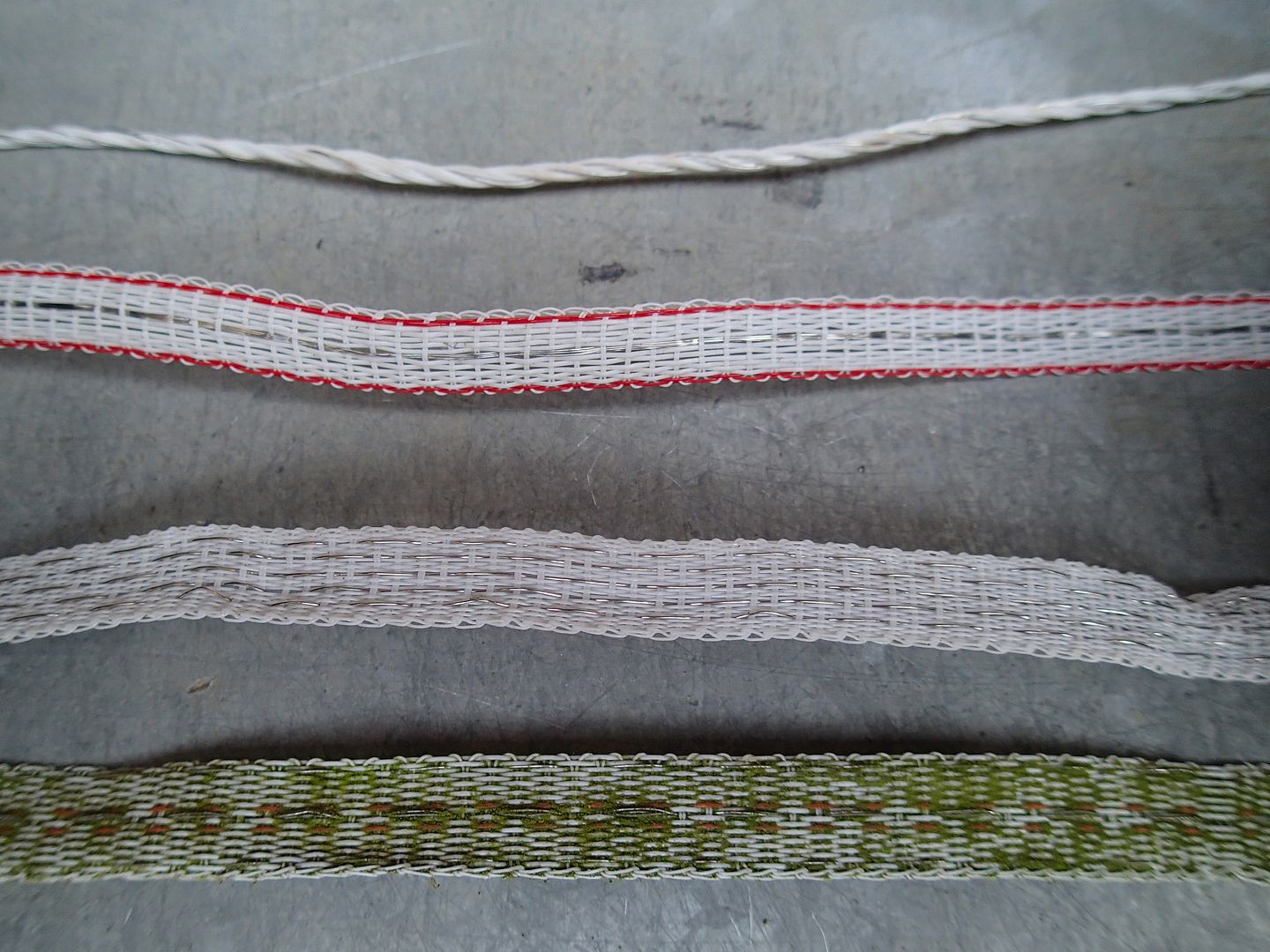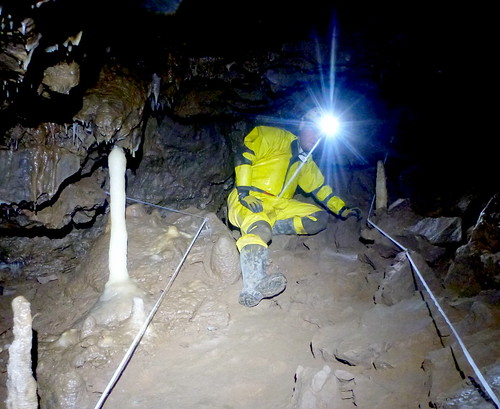Echoing above...
"If one is concerned with conserving a valuable resource, they will choose their path wisely, move slowly, watch where they put their hands, demonstrate care and respect and restraint."
if only that were the case.
I've witnessed reasonably experienced cavers stumble about in very well decorated and delicate places without so much as a thought as to where they are putting their muddy hands and feet.
As said above, it only takes one numpty and a place can be destroyed.
Many such places discovered in the UK in the 60s 70's 80s etc are now decimated beyond recognition.
just a couple of previous topic ...
http://ukcaving.com/board/index.php?topic=10005.0
http://ukcaving.com/board/index.php?topic=17493.0
http://ukcaving.com/board/index.php?topic=2527.0
I realise that conservation taping may not have helped in some of these cases, but something is better than nothing in my opinion.
A lot of the conservation taping we've placed in bagshawe cavern is purely to direct people though certain bits of cave whereby the most obvious route is the most damaging, and whilst a less obvious, and perhaps slightly more physically arduous route will keep folk off the more delicate bits worthy of conservation. And remember, this might not be 'stal', it might be fossil encrusted slabs of stone, virgin sediment deposits, various other bits of cave morphology that might not be noticed by your average caver, or considered worthy of conservation. Its not all pearls and helectites you know.
I urge people to use the thin orange builders twine and use stainless pegs to keep it up off the floor. This is, I feel, one of the least detracting, yet most obvious methods. I think it has been well established that red/white barrier tape is god awful stuff, that not only looks bloody horrible, but also the red dye from the plastic leaches out and can stain formations red.
Ask yourself, would you rather suffer (or chose to mentally delete) a bit of conservation tape, or come back in 2 years time to find your pretty little grotto you've discovered completely trashed.






